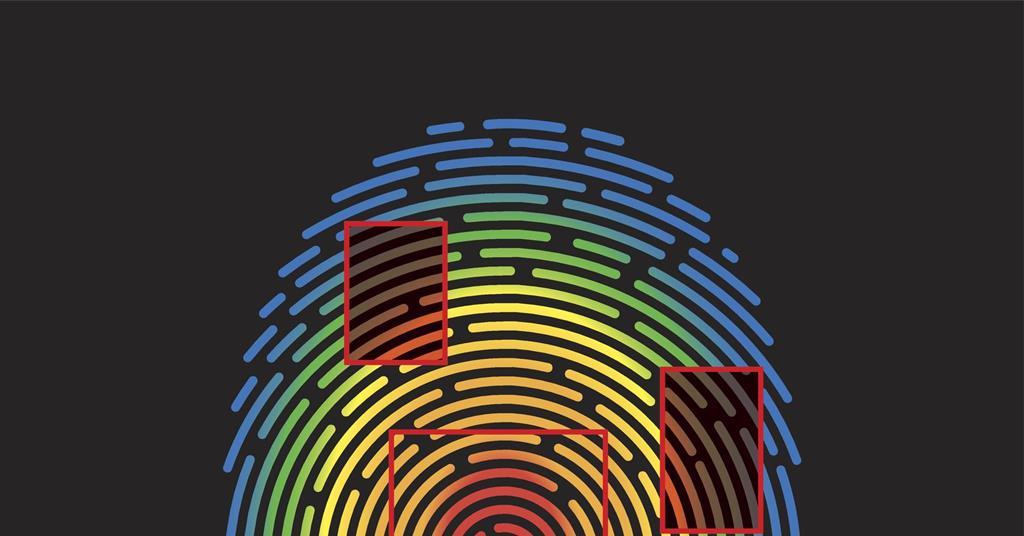- By using DNA fingerprinting, Delhi Police was able to identify the victim of a horrible murder and mutilation.
- Alec Jeffreys in the UK invented DNA fingerprinting in 1984 as a result of his discovery that no two people could have the same DNA sequence.
- Within three years of the discovery, the UK obtained the first DNA-based conviction in the history of the world in a rape and murder case.

How is DNA fingerprinting done?
- With the exception of identical twins, every person has a distinct DNA.
- A crime laboratory can create a profile to be used in identifying a suspect by studying specific DNA sequences (referred to as loci).
- Numerous materials, including blood, saliva, bone, teeth, and hair, can be used to extract DNA.
- Even a tiny amount of biological fluid or tissue can provide valuable information because DNA is present in the majority of human cells.
- Samples can even be taken from worn-out clothing, used linen, used combs, and other commonly used items.
Application in criminal investigation
DNA evidence is used to solve crimes in two ways:
- If a suspect is identified, it is possible to determine whether they were present at the crime site or whether they committed the crime by comparing their DNA sample to biological evidence discovered there.
- Biological evidence from the crime site can be studied and matched to offender profiles in existing DNA databases to help identify a suspect if one is not already known.
- Beyond its accuracy, DNA fingerprinting also offers detectives new techniques to sort through evidence from crime scenes.
- For instance, sophisticated DNA fingerprinting may produce distinct prints of different people even from a sample mixture discovered at the crime scene; this is helpful during gang rape investigations as it allows for the identification of each culprit separately.
DNA fingerprinting in India
- Lalji Singh, who had been on a Commonwealth Fellowship to the UK from 1974 to 1987, created DNA fingerprinting for criminal investigations in Hyderabad by 1988.
- Lalji Singh, who died in 2017, is regarded as “the father of DNA fingerprinting in India” in modern times.
- The Kerala Police employed DNA fingerprinting for the first time in a case in 1989.
- By the beginning of the 1990s, technology was being utilised to prove paternity, connect criminals, and identify victims in sensational crimes.
- When semen samples from suspects were compared to vaginal swab samples in rape cases starting in the 2000s, the technology became standard practise.
Challenges with DNA fingerprinting in India
- It is crucial to prevent the DNA of the investigators from interacting with that of the suspects or victims.
- Therefore, for the evidence to pass a court test, it is essential to collect samples from a crime scene using sterile tools and to store samples properly.
- Although India has laws and regulations in this area, its police forces nevertheless lag behind their international counterparts.
- State police personnel are not appropriately trained or equipped, despite the fact that central agencies like the CBI have the knowledge to ensure that crime scenes are protected and proper procedure is followed.
Problems with such technology
- The issue goes beyond just police awareness.
- In the nation itself, there are no facilities for DNA fingerprinting.
- Only a few locations – Maharashtra, West Bengal, Delhi, Hyderabad, and Chandigarh — offer DNA fingerprinting services.
- Only the Centre for DNA Fingerprinting and Diagnostics (CDFD) in Hyderabad uses advanced technologies.
